How often to water the watermelons in the greenhouse and outdoors?
Watering plays an important role in the care of melons and gourds. If you water the watermelons correctly, the yield can be doubled. However, excess moisture can impair the taste of the fruit or cause it to rot.
Irrigation in the greenhouse and in the open field is carried out according to different schemes. At the same time, there are general rules for watering watermelons.
The consequences of improper watering
Watermelons and melons are generally considered drought tolerant crops. However, chronic water shortages lead to the formation of weak plants with small fruits.
Watermelon needs moisture from the moment of sowing. Overdrying the soil at this stage will lead to late and partial seed germination.
In the future, due to poor watering, unpleasant consequences arise:
- reduced number of ovaries;
- drying and sagging of the lashes;
- irregular shape and cracking of the fruit.
Excessive moisture will be no less harmful. Excessive watering can cause fungal diseases, voids form in the pulp of the fruit. The taste of watermelons becomes watery and unsweetened.
Watering watermelons in the open field
Seedlings of watermelons are planted in open ground 3 weeks after germination. At the time of planting, the plants already have 3-4 leaves. Just like seedlings, watermelons in the ground are watered every other day before flowering. Each bush consumes 5–7 liters of water. In dense soil and in cloudy weather, irrigation is carried out less often.
You can accurately determine the need for water procedures by assessing the condition of the soil before the next watering. The ground should not be too damp. After a heavy rain, watermelons are watered after 4–5 days.
There are certain rules for watering melons in the ground:
- the water must be warm;
- watering should be done in the morning or evening;
- you can not wet the leaves;
- water is poured directly under the root, and not around;
- 3-4 hours after watering, the soil is loosened.
When watermelons bloom, they are watered no more than 2 times a week, while consuming more water. 1 bush should have about 10 liters. The soil must be soaked 50-60 cm. You can check the soil moisture with a wooden stick, sticking it to the required depth.
Watermelons are not recommended to be watered by sprinkling: if water gets on the leaves and stems, rot may appear. When the fruits begin to form, watering is made even more rare - once a week. Irrigation is stopped 15–20 days before harvesting.
If possible, it is advisable to collect rainwater: it is soft and almost free of impurities.
Closer to the stage of fruit ripening, straw should be spread under them. This will keep the watermelons from rotting due to excess water. In rainy weather, this technique is especially important.
Watering watermelons in a greenhouse
Growing watermelons in a polycarbonate greenhouse makes it possible to get fruits even in northern latitudes. Watering melons in greenhouses is needed less often: in the greenhouse, the air humidity is high and water evaporates from the soil more slowly.
Features of watermelon watering indoors:
- the bushes are watered no more than 1 time per week;
- if possible, it is better to use drip irrigation;
- the building must be ventilated to reduce humidity.
Watermelons love dry air. In a greenhouse with melons, it is desirable to maintain a humidity of no more than 50%. Watermelons can be watered from a bucket by pouring the right amount of water into each hole.
Sometimes summer residents construct a homemade drip irrigation system.To do this, you need plastic bottles with a volume of at least 5 liters. Several small holes are made in the lids. The bottoms of the bottles are cut off and inserted into the ground next to the watermelon bushes "upside down". Water is poured into each container, which will gradually seep into the ground. As needed, water is poured into inverted bottles.
Pros of drip irrigation
Drip irrigation systems are ideal for greenhouses and open ground. Their use gives several advantages at once:
- exclusion of moisture contact with the aboveground part;
- rational use of water;
- simplification of the introduction of dressings;
- the ability to dose watering;
- preventing soil erosion;
- reduction of labor costs and time losses.
Ready-made systems can be easily assembled independently. To simplify the work, detailed assembly instructions are attached to them. With certain skills, you can assemble a drip system from individual parts with your own hands. For this you will need:
- water supply polypropylene pipe;
- cleaning filters;
- special droppers;
- starting device;
- ball valve.
Instead of drippers, you can use an irrigation hose, holes in which are made after installation, taking into account the location of the plants. This system is durable. It is easy to disassemble at the end of summer, and re-install the next year.
How to water watermelons for a good harvest?
So that watermelons grow faster and do not experience a deficiency of nutrients, from time to time, instead of ordinary water, fertilizer solutions are used for irrigation:
- At the beginning of growth, it is advisable to feed the culture with a solution of mullein, previously diluted in half with water and fermented for 5–7 days. Before use, the infusion is diluted with water in a ratio of 1:10.
- For feeding, you can use liquid biohumus - a natural fertilizer, which is a product of the processing of California worms. Biohumus contains a complex of minerals, natural antibiotics, vitamins, enzymes, growth hormones. A glass of concentrated fertilizer is consumed for 10 liters of water.
- At the stage of development of ovaries, mineral fertilizers are used with a predominance of potassium and magnesium. Both elements accelerate the maturation process. For this period, magnesium nitrate (100 g per 10 l of water), fertilizer "Kelik Kai" (50 ml per 10 l of water) are suitable.
- Throughout the growing season, you can periodically use yeast feeding. In 5 liters of warm water, 500 g of fresh yeast are diluted. Then 0.5 liters of fermented wort is diluted with 10 liters of warm water and introduced into the soil, spending 1 liter per plant.
- Feeding with milk whey solution has a beneficial effect on the development of fruits. The product is preliminarily diluted with water in a ratio of 1:10.
All nutrient solutions cease to be applied 3-4 weeks before the fruit is fully ripe.
By watering watermelons correctly, you can get well-ripened sweet fruits. Drought should not be allowed on the melon and in the greenhouse. Breeding a swamp is also not worth it. To accelerate growth and maturation, irrigate with nutrient solutions, using fertilizers according to the recommended dosage.
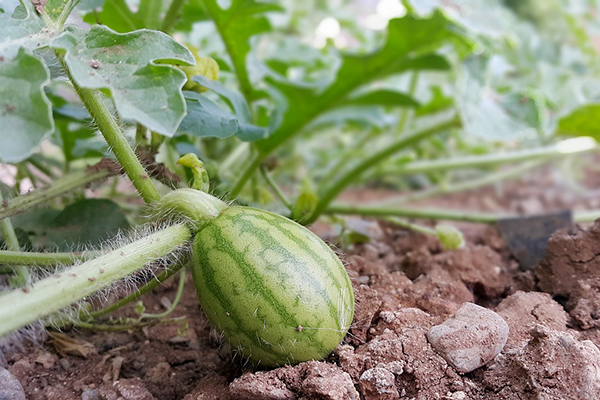
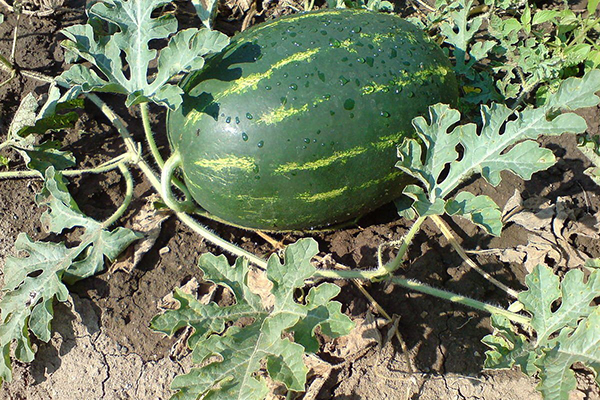
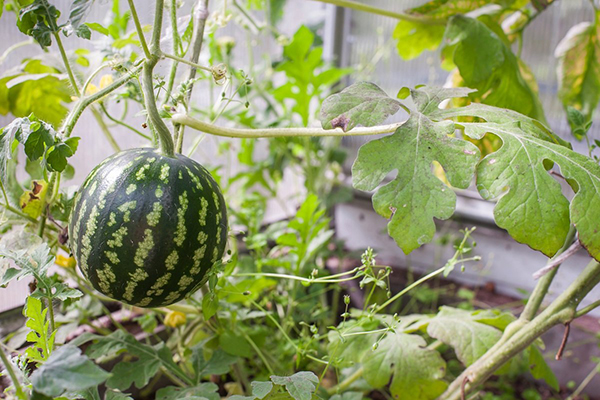
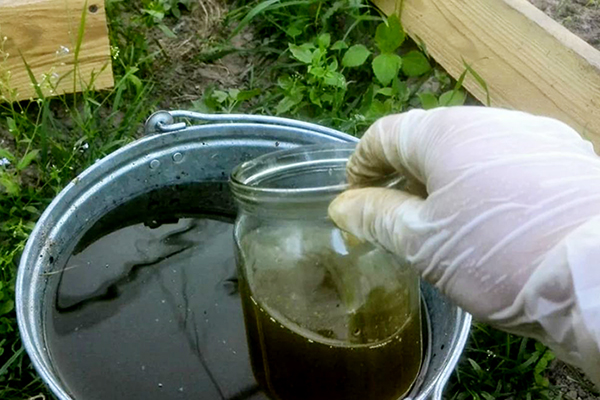
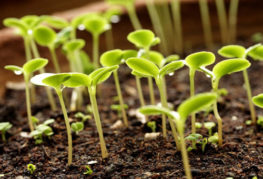


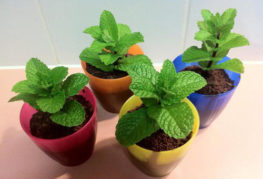

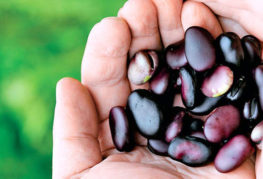
and will be published shortly.